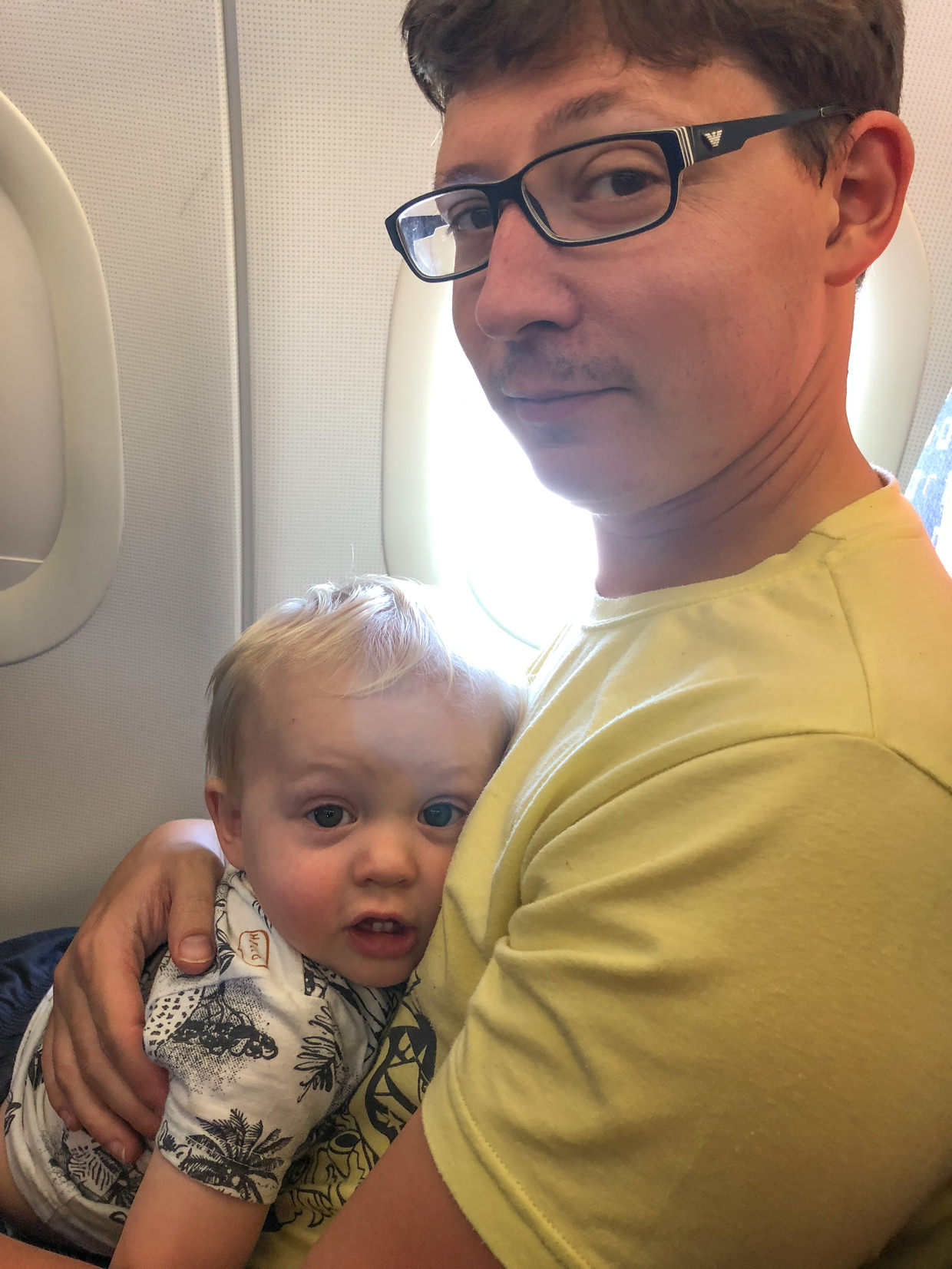Birdwatching with a baby
Birdwatching
The national parks and the prospect of some very good birdwatching was one of the reasons we chose to come to Tavira. I booked a last minute tour with Birds & Nature Tours Portugal, and they said they could accommodate a baby. How do you go birding with a baby in tow? We weren’t really sure, but that shouldn’t stop us. Our pickup was at 8am, and we brought a packed breakfast.
Our guide was Ray Tipper, a sun-chapped Englishman living in Tavira, he gives regular professional tours and frequently leads birding trips abroad. He picked us up in his workhorse 4x4 Suzuki and we squeezed the baby car seat into the back, behind a fold down chair, the seatbelt just long enough to accommodate the Chico. Sam sat besides him and I sat up front. Conway cried for most of the drive to the Tavira salt pans, “he won’t be like this the whole time”, I said, and quietly hoped.
Now we thought we might be hiking, walking around pans, carrying baby, baby gear, cameras and binoculars. But the salt pans are all accessible by car, and a car makes the perfect portable hide – the birds ignore it. We stayed in the car, and when we drove it was very slowly, so we gave Conway free roam in the back of the jeep, and this was enough to entertain – he had space to play and he enjoyed watching the birds out of the window too.
Top of my ‘must see’ list was an Avocet. A beautiful black and white ground-nesting bird with a delicate long and curved bill. We also couldn’t come here without seeing the flamingoes.
We found our first gaggle of birds, rolled down the windows and rested cameras on beanbags for photos. My 400mm lens unavoidably poked out the side of the vehicle. Sanderlings, plovers and dunlin walked about the edges of the water. A white spoonbill flew over, followed shortly by flamingoes.
At the next pan we watched three juvenile flamingoes, white with touches of brown, rather than that distinctive pink they usually have.
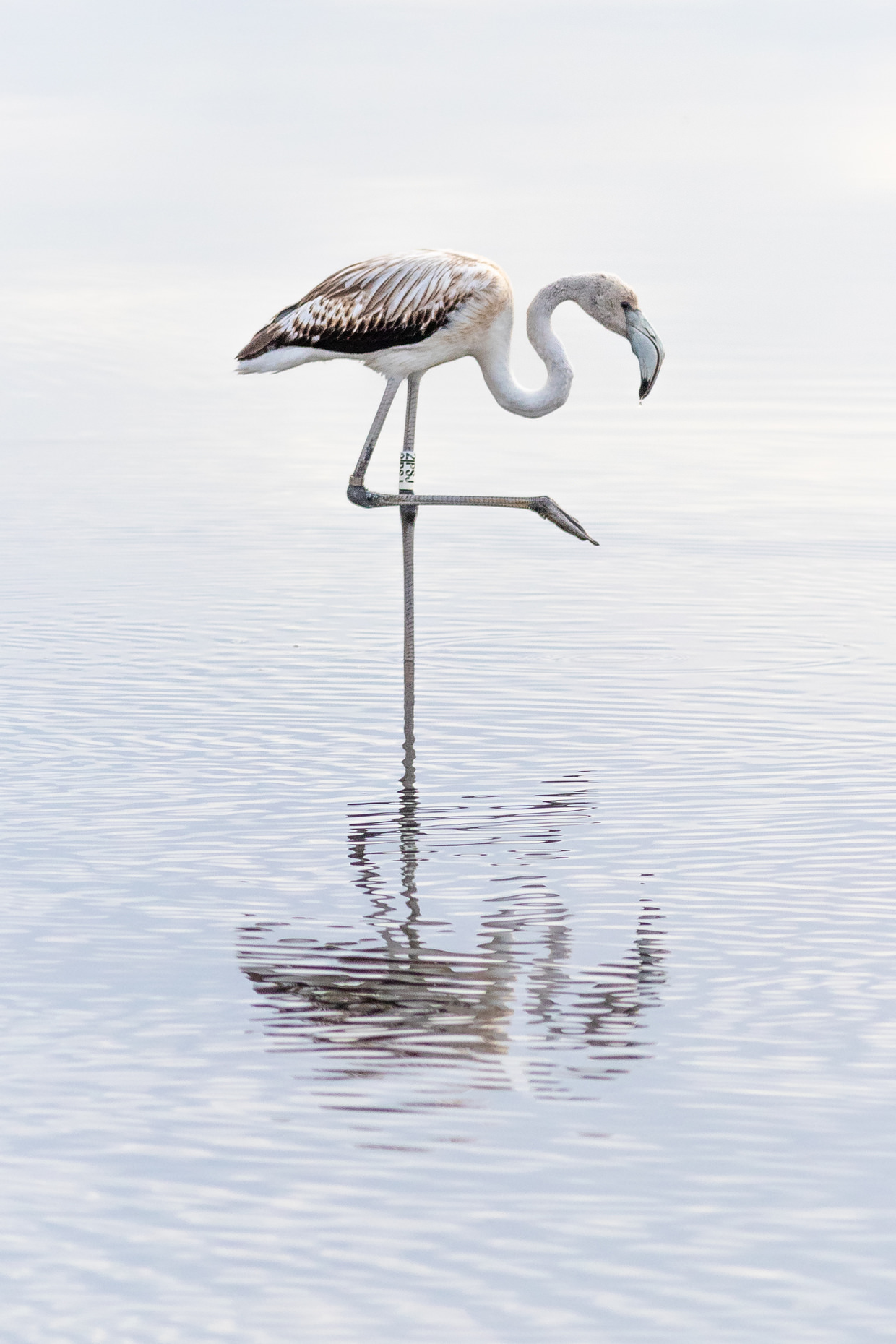
The salt pans were being harvested, diggers were scraping and piling up the salt while trucks carted it away. The long hot summer had produced a bumper harvest of salt.
By the ruins of an old tuna fishing town there lived a little owl – that sounds like the opening of a children’s book – but we looked in all the rocky openings where its known to perch and it wasn’t to be seen this morning. By our window, in some shrubs a Sardinian warbler parked itself.

To get to some more pans we circled up and around a small farm. The brown dirt field was bobbled, like it was infested with moles, and that makes the perfect place for roosting stone curlews. We double backed a couple of times to try and spot them before Ray eyed them in the distance. We got out the scope and watched them prune. Stone curlews are bigger than I’d imagined, they’re large birds with bold eyes ringed with yellow. A fine sighting. Later we were fortunate too to see four more fly in front of us.

At the next pans I saw my much loved Avocets, joined by plovers, flamingoes, black tailed godwits, black stilts, red shanks, and a spoonbill. The overcast sky gave good light and the light wind left clear reflections in the water.
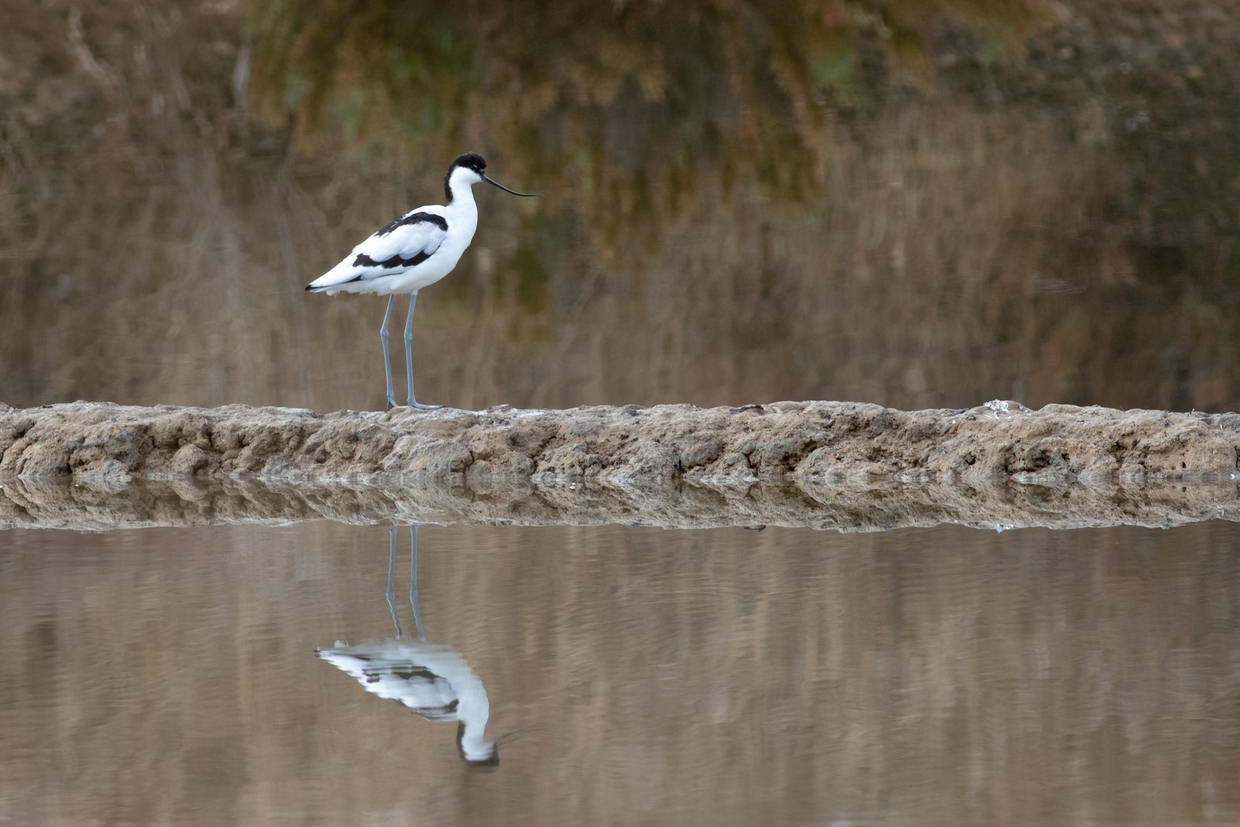
Beyond the pans are marshes, where we saw storks and herons, and a flock of shoveler ducks conveniently flew in front of a rainbow.

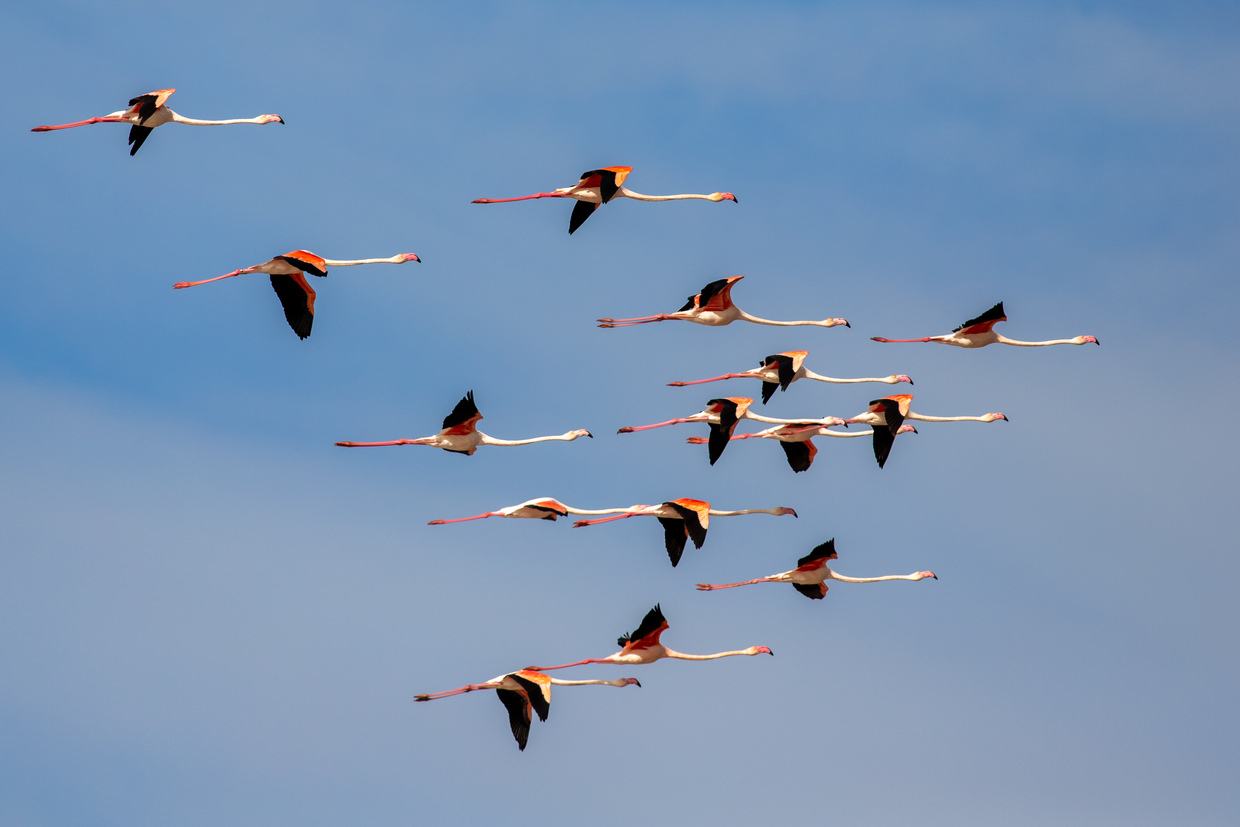
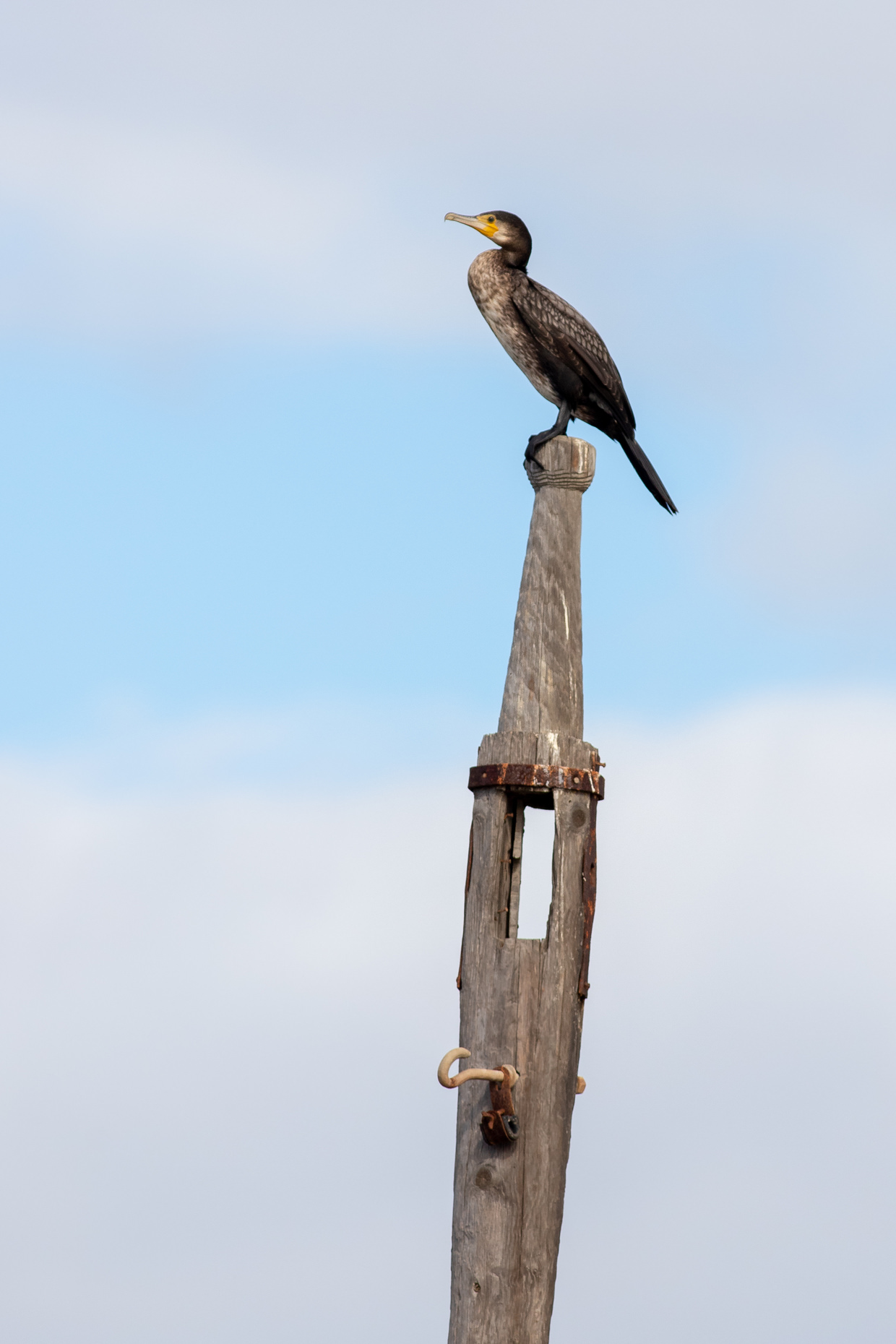
On our way out we stopped to see pans filled with different gull species, black-backed, slender billed, mediterranean, black-headed. A cormorant watched us from its perch.
From the East Tavira salt pans we headed West, through town, a quick toilet break, then out to Santa Luzia. The tide was out, and we didn’t see much more – except an azure magpie and a very exciting hoopoe – such a stunning bird.
Now the plan for the rest of the day was that Samantha and Conway would return to the hotel and Ray and I would drive onwards to Faro for some more birdwatching. But the heavens opened and the downpour killed any chance of seeing birds, “no self-respecting raptor would be out in this”, Ray said, so we called it off and paid for a half day.
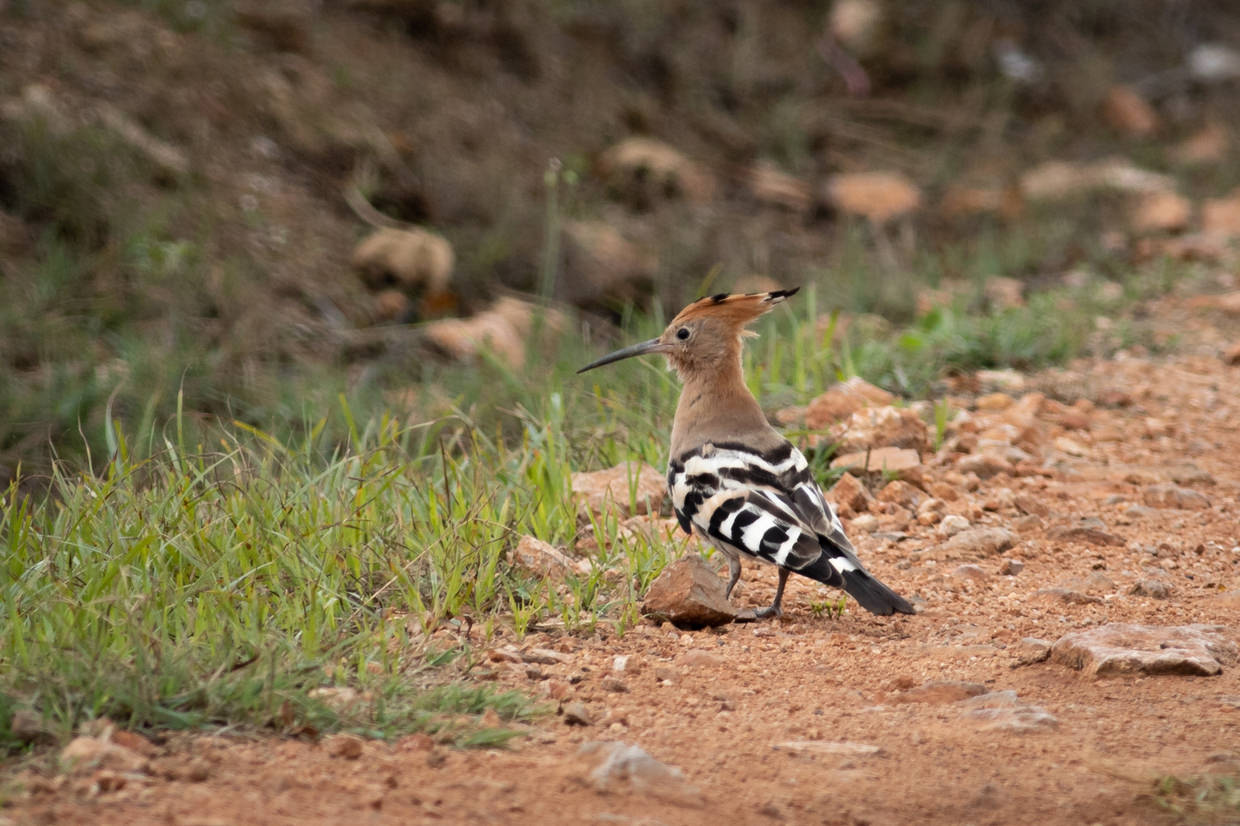
Hard to eat on a Monday
The rain cleared up around 6pm, when we headed into town for our last night in Tavira. Many restaurants are closed on Mondays, we did our research, found a family friendly place – Food Factory – and headed straight there – a little out of town it took some walking from the car – but on arrival all was dark – the hours online and on the door said open, but it most definitely was not.
By the time we were back in town all the good places were full and it was late. We tried place after place, and ended up squeezing onto a dimly lit table at the front of Tavira Lounge, where the tube-lighting in the ice cream bar turned everything an odd greeny-yellow. We ordered a Portuguese salad and bruschetta, milkshake and cheesecake. And a plate of rice to give Conway something of substance. A peculiar meal all round.
On the drive home Conway fell asleep, for one last time we drove out of Tavira, across the bridge, out and up towards our hotel, driving on the right, in the dark, following the winding road back to our room.
Home time
Our flight out was mid-afternoon, we didn’t need to checkout until midday. We leisurely packed, had breakfast, and drank cola by the pool, the sunshine a little milder now.
The drive to Faro airport was uneventful, we tried to hand the car back to the wrong rental company, but otherwise all went well. At the airport we scoffed down some pizza, amidst revelling England fans who’d travelled to see the football team beat Spain in Valencia, and boarded our flight back to Gatwick and home to Brighton.
Our brief foray to Southern Europe and warmer climes was over.
